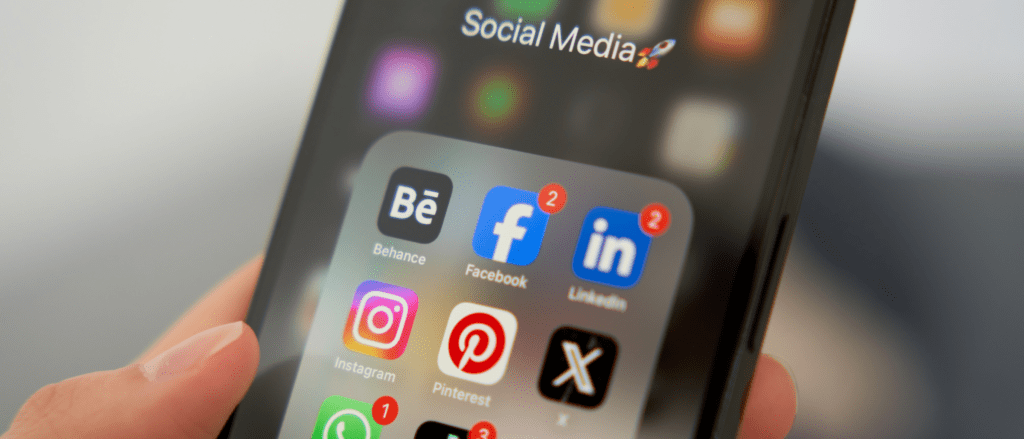Diversity, Equity, and Inclusion in eLearning
Our new normal includes society holding companies accountable and questioning what they do in terms of Diversity, Equity, and Inclusion (DE&I). Let’s quickly break down what DEI looks like in eLearning.
Diversity covers an entire spectrum of how people identify themselves, as well as the intersectionality of their identity, including but not limited to race, gender identity, age, sexual orientation, religion, ability, somatotype, and ethnic background. Just like diversity has various meanings in different contexts, diversity in eLearning can take on different meanings. This could include diversity in project teams, characters in the program, or the professional audio talent. Inclusion (which I’ll talk about later), is the implementation of diversity, but there are still actionable steps to create diverse eLearning programs:
- Having a diverse workforce on every project, without tokenization
- Educating yourself on diversity on your own, because it is not the responsibility of members from minority groups to educate you
- Recognizing your own intersectional identity, and how you can effectively introduce your unique perspective into the work you produce
- Considering screen layouts, color schemes, and vision-impaired captioning
Equity is similar to equality but goes a little further to recognize that people start in different places and need different things to attain justice and fairness, regardless of their identity. One example of equity is the increased normalization of asking for gender pronouns or using the generic pronouns of they/them when unsure.
In eLearning development, it’s important to always consider learners and their needs; making things equitable in eLearning programs requires that you think of all imaginable learners and ensure their needs are met. Tangible equity includes, or goes beyond, the following:
- Ensuring accurate transcripts and closed captioning for those who are hearing impaired
- Asking yourself if a large part of the target learners can see or hear themselves in your eLearning
Inclusion delivers on the need for diversity. It is a behind-the-scenes effort to make things diverse and equitable by providing access and opportunities that meet and exceed the needs of any groups that may have been previously overlooked. More simply, inclusion is the action and accountability of diversity. Inclusion can begin with the hiring process, but it can also include the following aspects in eLearning:
- Making it common practice to have more than one race or ethnicity present
- Attempting to pass the Bechdel test in every course, to make sure courses are equal parts female and male
- Normalizing the use of characters with different body types, religions, and age
Want to talk more about this? Leave a comment below or reach out to us at JLS@judge.com. Our team of creative professionals are ready to help.




